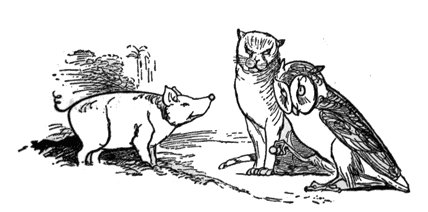“He does not account for the pannage of the Duchess of Buckingham’s pigs in the King’s park at Eachelhurst this year” - so wrote John Bailly, the Bailiff of Sutton Coldfield, in his accounts for the year 1480. In that year the Manor of Sutton Coldfield had been forfeited to King Edward IV after the murder of his treasonous brother, the Duke of Clarence - Clarence held Sutton Coldfield as a result of marrying the widow of the Earl of Warwick, Warwick having been beheaded after the Battle of Barnet in 1471.
The Bailiff sent in his account every year, and each account was a copy of the previous year’s with notes of any changes, such as new rents or income which had been collected in the past but was no longer payable. Some years previously there must have been income from the Duchess of Buckingham, probably before 1470 when the manor of Sutton belonged to the Earl of Warwick. At that time the duchess preferred living at Maxstoke Castle to any of her other houses, and so the Earl of Warwick allowed his aunty the duchess to put her pigs in his park at Eachelhurst.
When pigs were released into the woods to feed on acorns and root about for other food, a fee called pannage was payable. This was usually collected in the form of a fine, as at the Sutton Court Leet of 1416 when the head forester accused twelve men of releasing pigs into the park, destroying the pasture there - they were fined a total of five shillings and fourpence.
In the sixteenth century everyone in Sutton had a right of common to release their pigs to forage on the extensive commons. Rooting pigs were very destructive of the woodland, and so there was a bye-law requiring everyone to ring their pigs. A pig with a nose-ring was not destructive of woodland, but in 1548 there were still eighteen people prepared to pay a fine rather than ring their pigs, probably because the extra food an unringed pig could find was worth the fine. Nowadays the ringing of pigs is considered to be a cruel practice, but it was still commonplace in Edward Lear’s time - “And there in a wood a Piggy-wig stood With a ring in the end of his nose” (The Owl and the Pussycat, 1871).
